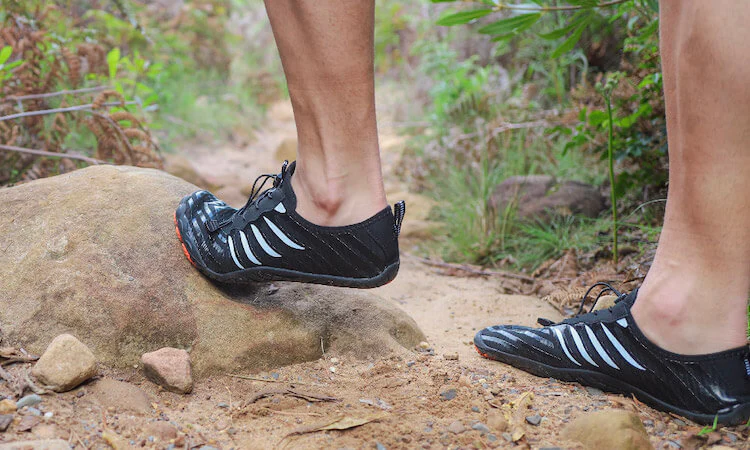In recent years, the concept of barefoot footwear has captured the attention of health enthusiasts and athletes alike. Rooted in the idea of mimicking the sensation of walking or running barefoot while providing protection and support, barefoot footwear represents a revolutionary approach to traditional shoe design. This article delves into the essence of barefoot footwear, its benefits, and the growing popularity surrounding this minimalist footwear trend.
Understanding Barefoot Footwear
Barefoot footwear, also known as minimalist shoes, is engineered to simulate the experience of walking or running barefoot, while still offering necessary protection from the elements. Unlike conventional shoes that feature thick soles and elevated heels, barefoot shoes prioritize flexibility, a wide toe box, and minimal cushioning.
The Philosophy Behind Barefoot Footwear
At the core of barefoot footwear is the belief that the human foot is naturally designed for movement and stability. Proponents of barefoot walking and running argue that traditional shoes with arch support and cushioning inhibit the foot’s natural function, leading to weakened muscles, poor posture, and increased risk of injury.
Benefits of Barefoot Footwear
- Improved Biomechanics: Barefoot footwear encourages a more natural gait pattern, promoting better alignment of the body and strengthening the muscles of the feet and ankles.
- Enhanced Sensory Feedback: By allowing the foot to make direct contact with the ground, barefoot shoes heighten proprioception, the body’s awareness of its position and movement in space.
- Reduced Impact: The minimalist design of barefoot footwear encourages a softer landing, potentially reducing the impact on joints and lowering the risk of repetitive stress injuries.
- Increased Foot Strength: Regular use of barefoot shoes can help develop the intrinsic muscles of the feet, leading to greater stability and balance over time.
The Rising Popularity of Barefoot Footwear
As awareness of the benefits of barefoot footwear continues to spread, an increasing number of individuals are incorporating these minimalist shoes into their everyday lives and fitness routines. Athletes, in particular, have embraced barefoot running as a way to improve performance and prevent injuries.
Moreover, the minimalist aesthetic of barefoot shoes appeals to those seeking simplicity and sustainability in their footwear choices. Many barefoot footwear brands prioritize eco-friendly materials and minimalist designs, catering to consumers’ growing demand for ethical and environmentally conscious products.
Challenges and Considerations
While barefoot footwear offers numerous benefits, it is essential to transition gradually when adopting this minimalist approach. The muscles and tendons of the feet may require time to adapt to the new movement patterns, and overexertion can lead to discomfort or injury.
Additionally, barefoot shoes may not be suitable for all activities or environments. Certain terrains, such as rocky trails or icy surfaces, may necessitate the added protection of traditional footwear.
Conclusion
Barefoot footwear represents a paradigm shift in the way we think about shoes and human movement. By embracing the principles of minimalism and natural biomechanics, barefoot shoes offer a holistic approach to foot health and performance. As more individuals recognize the benefits of reconnecting with their innate movement patterns, the popularity of barefoot footwear is poised to continue its upward trajectory, empowering people to move freely and authentically in the modern world.



